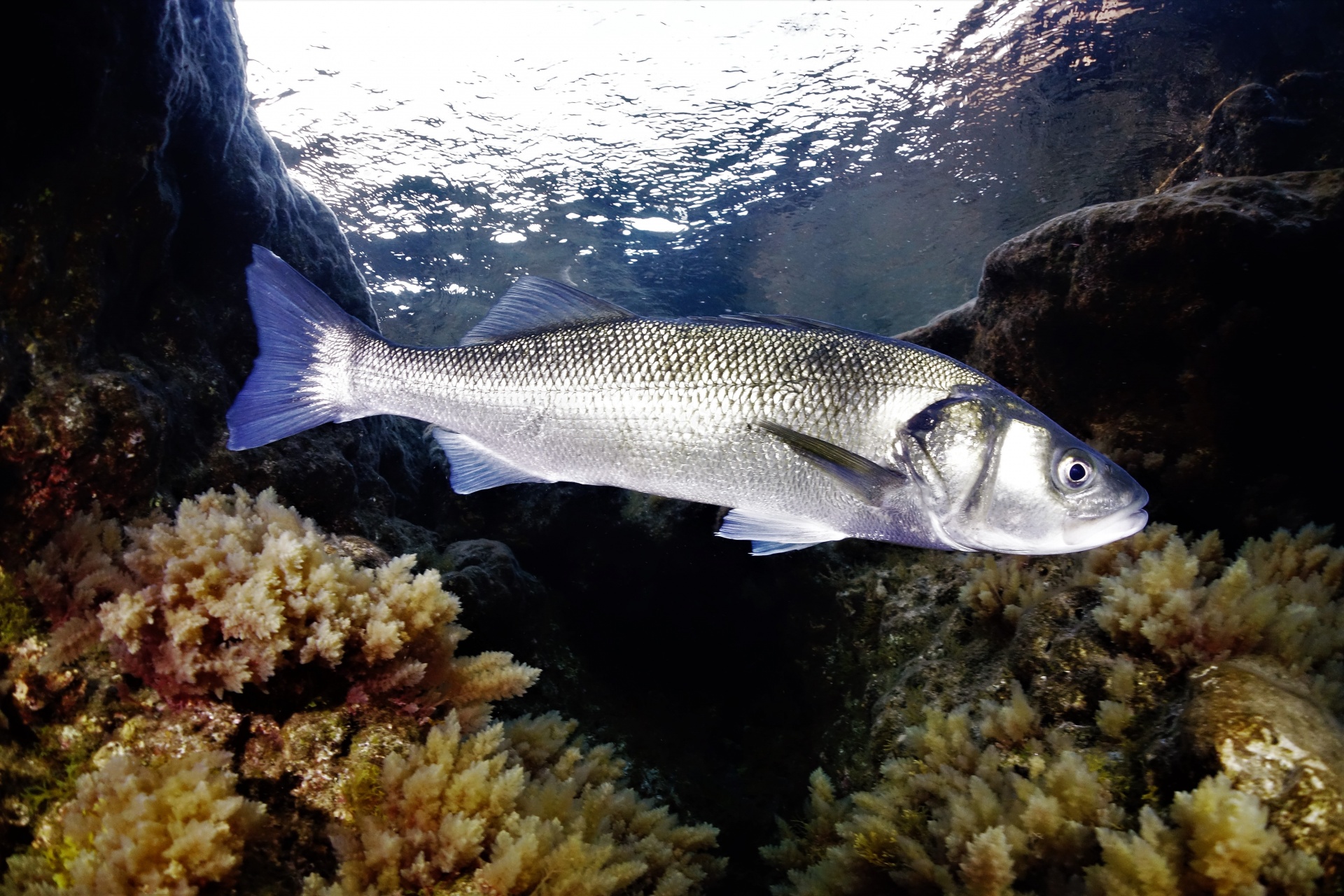The EOMAR group has led a research, in which three university institutes of the University of Las Palmas de Gran Canaria have participated, which demonstrates, for the first time, that the ingestion of "real" microplastics transfers persistent chemical pollutants such as pesticides, polychlorinated biphenyls and brominated flame retardants to fish tissue
The prestigious scientific journal Science of The Total Environment, published by Elsevier, has just published an article led by the University Institute of Sustainable Aquaculture and Marine Ecosystems (ECOAQUA) of the University of Las Palmas de Gran Canaria (ULPGC) that demonstrates, for the first time, how the ingestion of microplastics produces bioaccumulation of chemical pollutants in fish tissue.
The analysis is based on previous research by the Ecophysiology of Marine Organisms (EOMAR) group in the waters of Las Canteras beach, where in the areas of maximum accumulation of marine debris, 10% of microplastics were found in zooplankton samples, which would indicate that an animal that feeds on plankton could also be ingesting the same proportion of plastic.
In order to determine what effect the ingestion of 10% plastic with the food could have, and in turn, the effect of the associated chemical contaminants, a group of scientists from three university institutes of the ULPGC exposed various specimens of sea bass, for two months, to different experimental treatments under controlled conditions in the facilities of the ECOAQUA University Institute in Taliarte.
On behalf of the EOMAR group of the University Institute ECOAQUA, researchers Alicia Herrera, Ico Martínez, Jorge Rapp, Stefanie Reinold and May Gómez participated in the study, as well as Daniel Montero, from the Aquaculture Research Group (GIA) of the same university centre. The University Institute of Biomedical and Health Research (iUIBS) participated through its researchers Octavio Pérez-Luzardo and Andrea Acosta-Dacal; while the Institute of Environmental Studies and Natural Resources (iUNAT) participated with researcher Sarah Montesdeoca.
The fish studied were subjected to three different feeding treatments, with a diet based on: feed without microplastics; feed plus 10% of commercial microplastics without chemical contaminants; and feed plus 10% of "real" microplastics collected from the environment. At the end of the research period, there were conclusive results of the presence of different contaminants from microplastics in the livers of the fish treated with the third diet.
Specifically, brominated flame retardants (BDEs), which are used as additives in plastics, were found to be present in concentrations close to 10 ng/g. On the other hand, other chemical contaminants that are ubiquitous in the environment, such as dichloro diphenyl trichloroethane (DDT) derivatives and polychlorinated biphenyls (PCBs), were also found in much higher concentrations in fish fed with feed and "real" microplastics, thus, ingestion of microplastics increases exposure to these contaminants in addition to that from the surrounding water and feed.
These results highlight the evident risk of marine pollution by microplastics and their transfer to the food chain. This, together with the discharge of chemical pollutants into the sea, makes this problem one of the greatest environmental challenges that humanity will face in the future.
"Further research is needed to determine both the physical effects of plastic ingestion in fish and the long-term effects of the transfer of chemical contaminants to organisms. It is also important to carry out long term studies to determine the effects of chronic exposure of fish to microplastics," says Alicia Herrera Ulibarri, the project's lead researcher.
The unstoppable increase in plastic production and the current mismanagement of waste, causes plastic pollution in the sea to increase every year, being such an urgent problem that the environmental policies applied are being totally ineffecient.
The article published in Elsevier's Science of The Total Environment, entitled "Bioaccumulation of additives and chemical contaminants from environmental microplastics in European seabass (Dicentrarchus labrax)", can be accessed at the following link:
https://doi.org/10.1016/j.scitotenv.2022.153396


